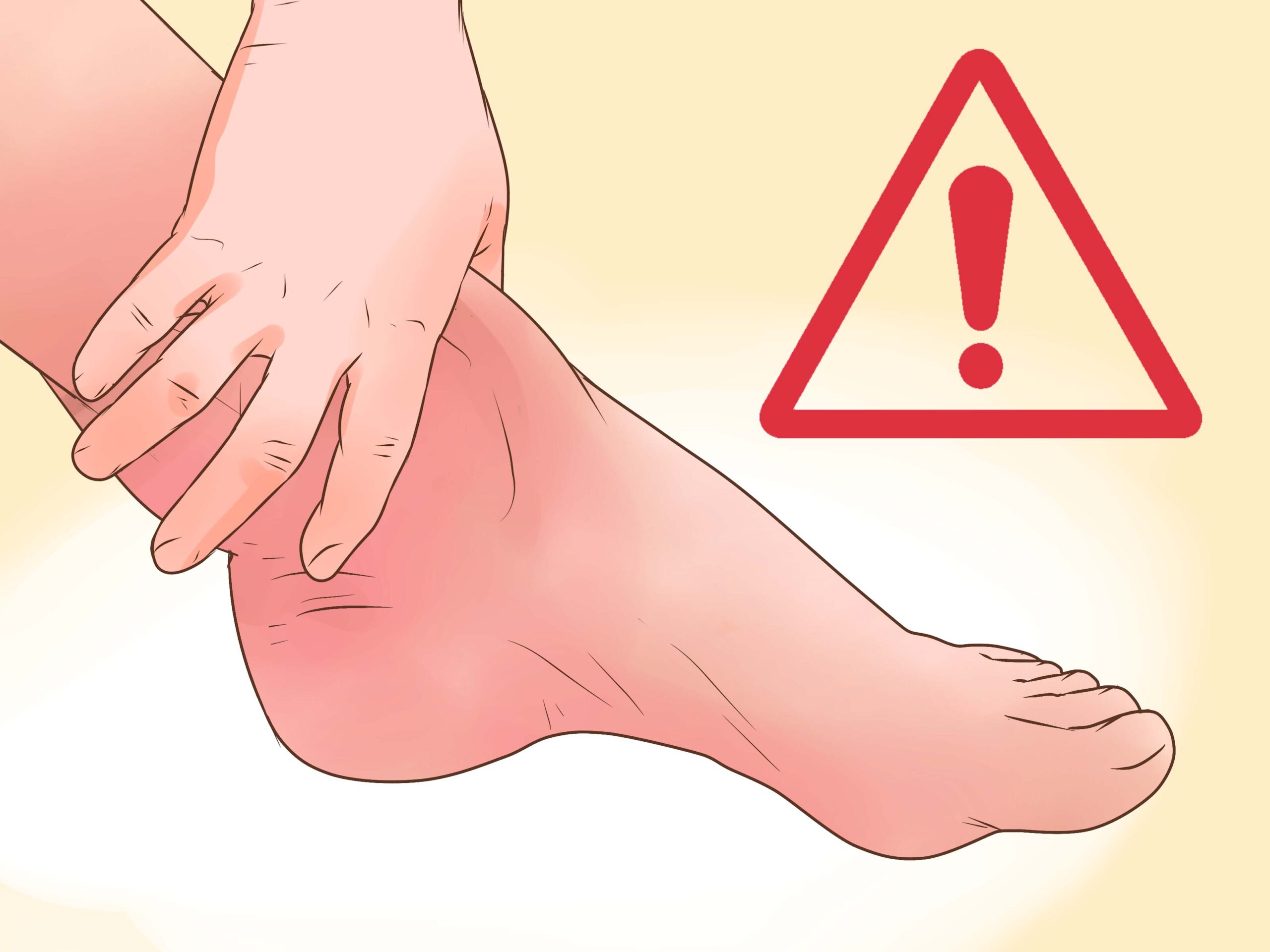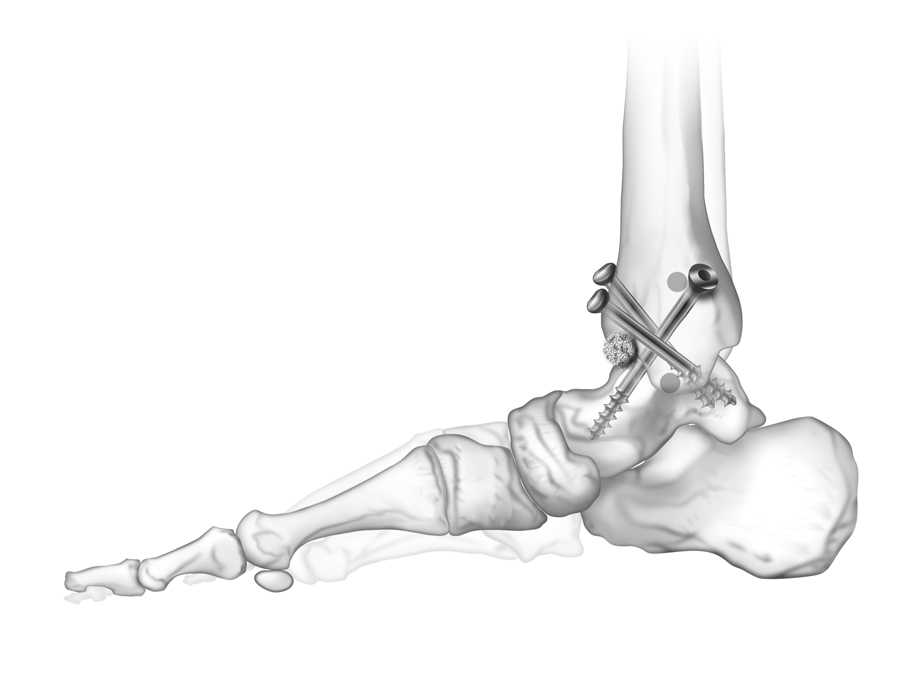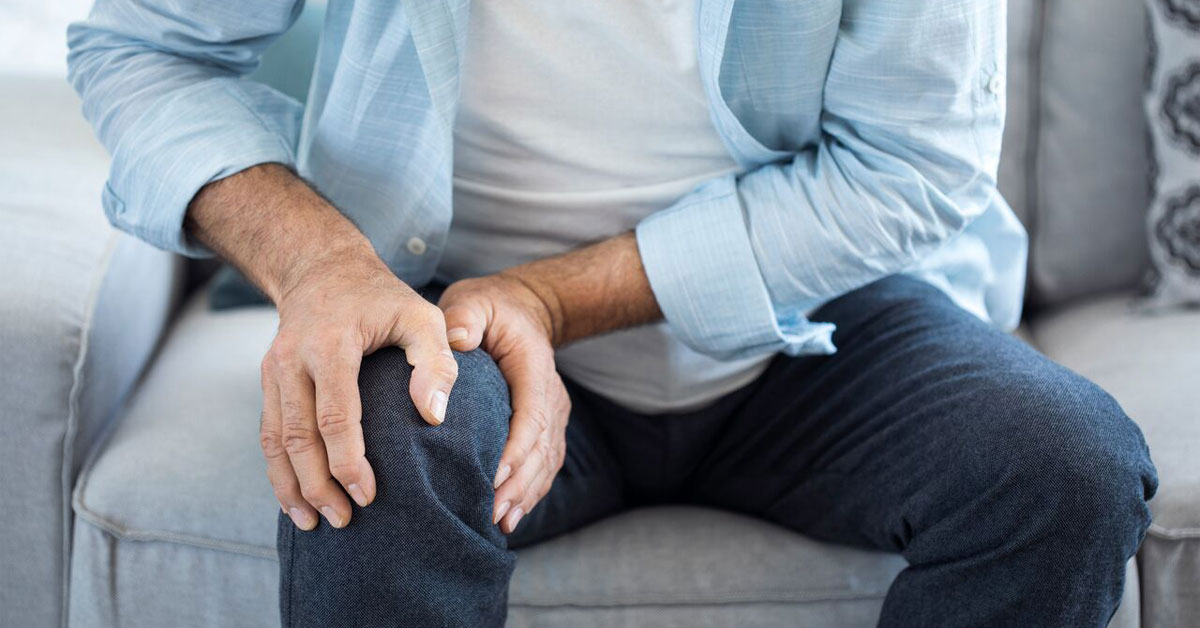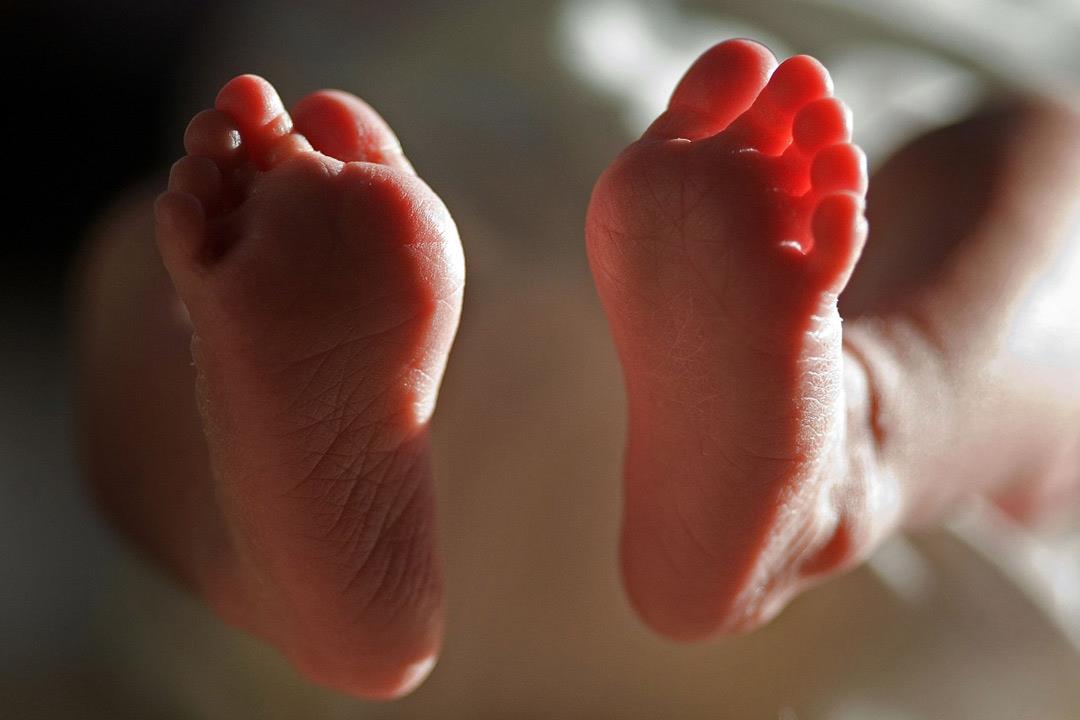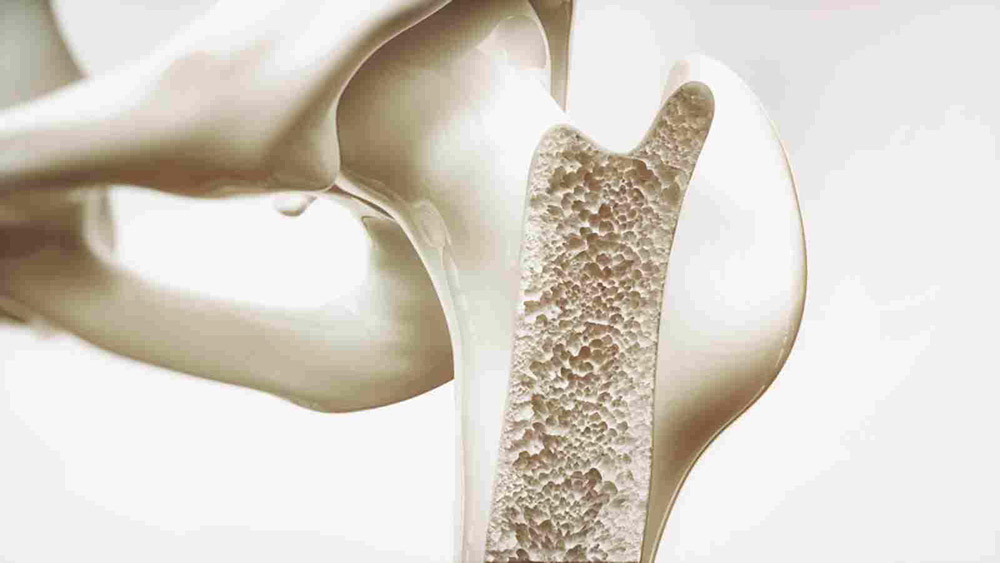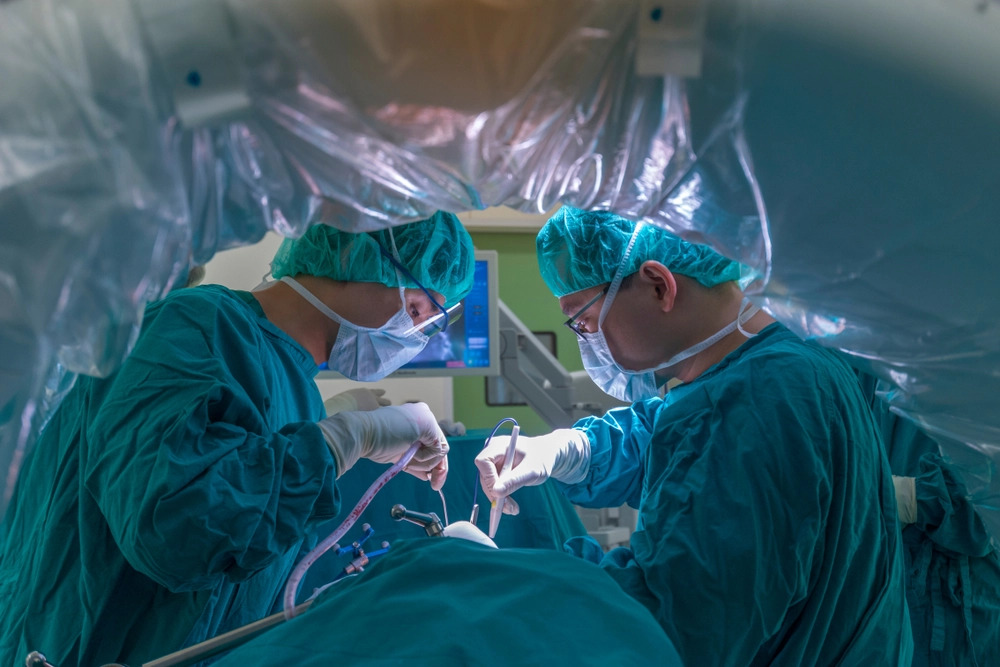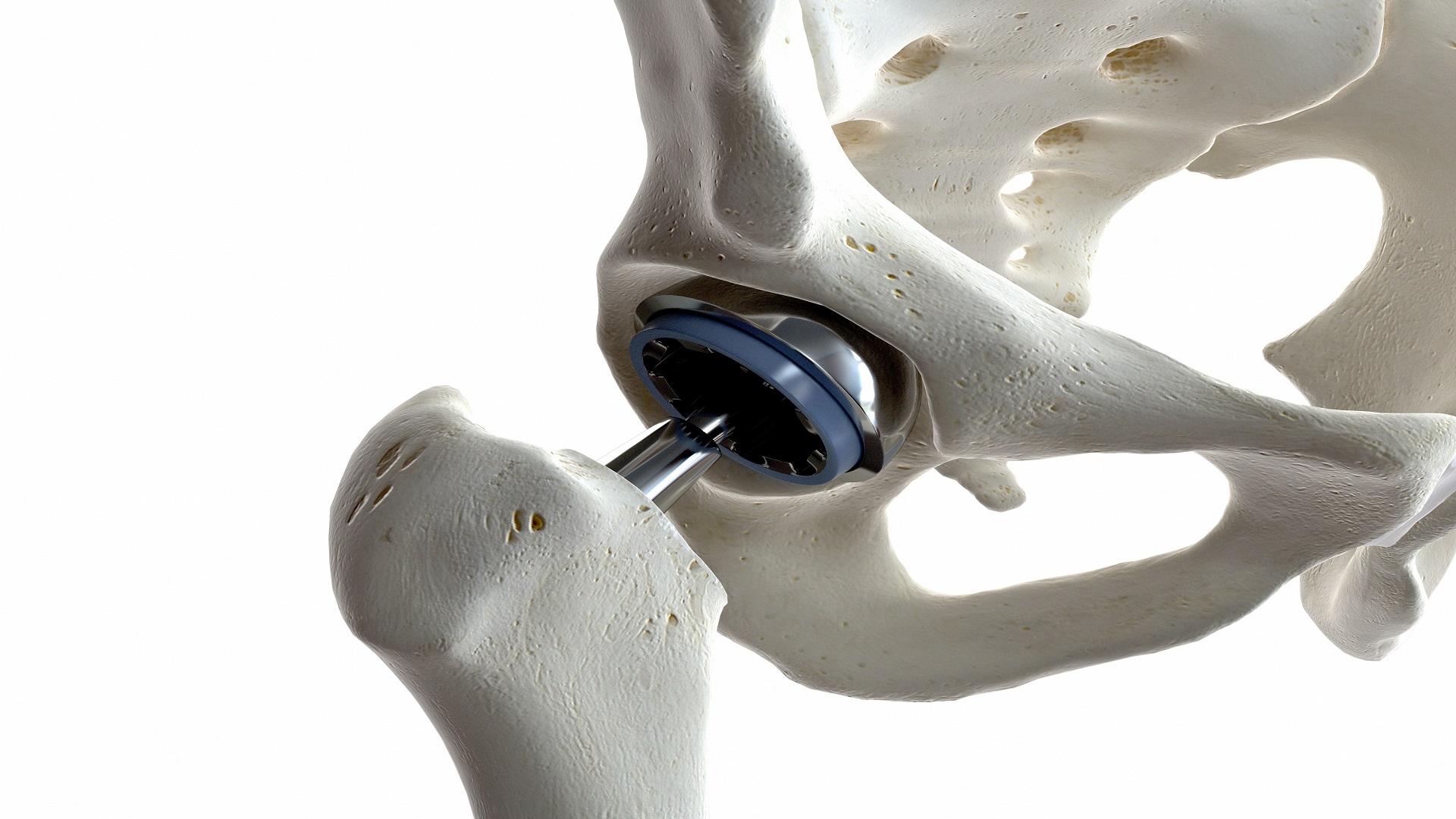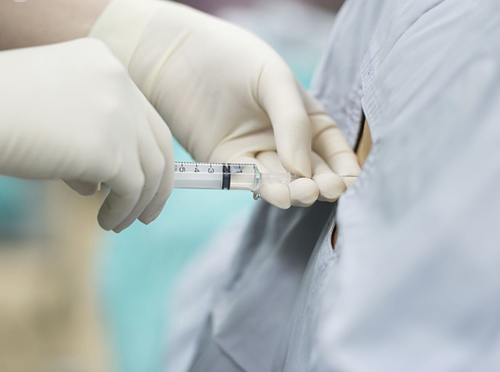Information about the Success Rate of Knee Cartilage Surgery and Its Cost Details!
What is Knee Cartilage? The success rate of knee cartilage surgery is notably high, with a success rate that exceeds 95%. This surgery is widely performed and is known for effectively treating various knee problems. In this article, we will provide you with insights into the important pre and post-operative procedures, potential side effects, and the steps involved in the surgery, as well as its success rate.
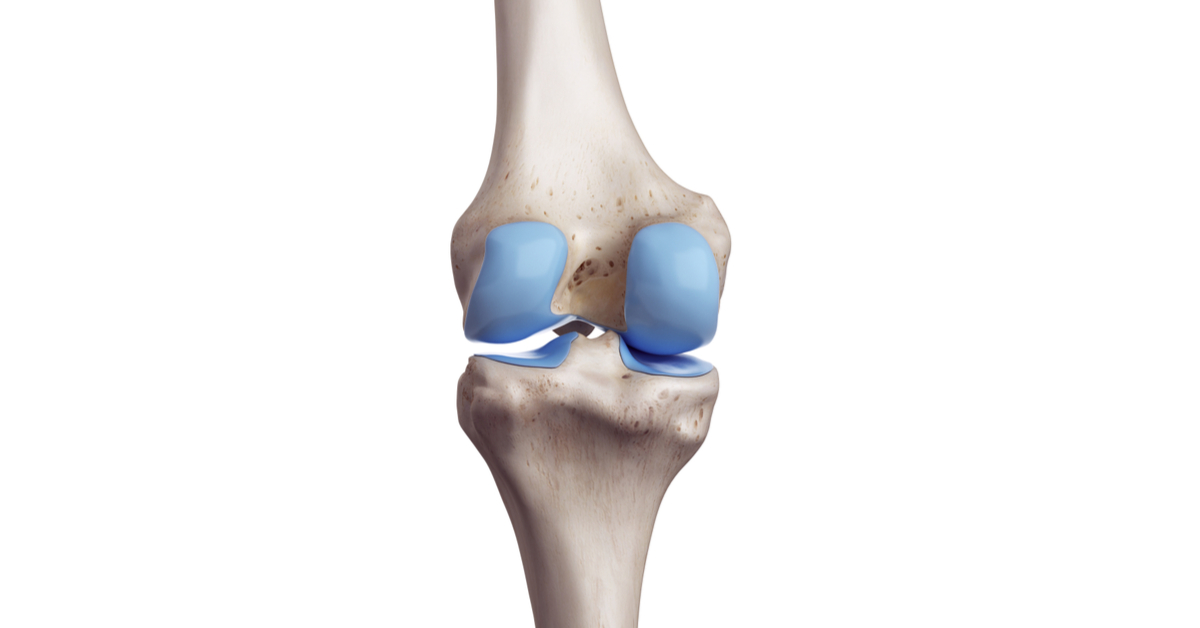
What is Knee Cartilage?
Knee cartilage is a type of cartilage found in the human body. It is a dense and flexible tissue that acts as a cushion between joints, preventing them from rubbing against each other. However, knee cartilage can easily get damaged or worn out, leading to severe joint pain.
What is Knee Cartilage Arthroscopy?
Knee cartilage arthroscopy is a medical procedure designed to diagnose and treat tears and damage to the knee cartilage. It is considered one of the best current practices because it does not involve major surgical incisions. Here are the key steps involved in knee cartilage arthroscopy:
- Cleaning and immobilization: The patient’s leg is cleaned and then immobilized using a specific device to prevent movement during the medical procedure.
- Local or general anesthesia: The patient undergoes local anesthesia in most cases, although there are situations that may require general anesthesia.
- Small incision: The surgeon makes a small incision in the patient’s knee to allow the insertion of an arthroscope, which is a specialized tool used to visualize the internal knee structures.
- Improved visualization: With the arthroscope, the surgeon can see the knee’s internal components more clearly and identify any damage to the cartilage.
- Surgical repairs: The surgeon makes small incisions to introduce precise surgical instruments for repairing cartilage issues.
- Closing incisions: After completing the procedure, the surgeon removes the instruments and arthroscope, closes the incisions, and applies medical dressings.
Knee cartilage arthroscopy is known for its high success rate, minimal scarring, and faster recovery compared to traditional open surgeries. It is a preferred choice for both patients and doctors due to its effectiveness in treating knee cartilage problems.
Preparation Before Knee Cartilage Arthroscopy:
Before undergoing knee cartilage arthroscopy, several preparations should be made. These include:
- Blood tests: The patient should undergo blood tests such as a complete blood count, coagulation analysis, and blood chemistry.
- Imaging: Knee joint imaging is essential, which can be done through X-rays, magnetic resonance imaging (MRI), or computed tomography (CT) scans.
- Medication disclosure: The patient must inform the doctor about all medications and vitamins they are taking. The doctor may recommend discontinuing certain medications, such as blood thinners like aspirin.
- Fasting: It is necessary to abstain from food and drink for at least 8 hours before the procedure.
For more details related to pre-operative preparations, we recommend reading this article.
Post Knee Cartilage Arthroscopy:
In most cases, patients who undergo knee cartilage arthroscopy can leave the hospital on the same day. However, they should adhere to certain tips and guidelines recommended by the doctor, including:
- Pain management: It is normal for the patient to experience some pain in the days immediately following the procedure. Applying ice packs to the dressing and the surrounding area can help alleviate pain and swelling.
- Rest: Patients are advised to rest during the recovery period and elevate their knee.
- Weight-bearing: Patients should avoid putting weight on their knees and use crutches or a walker when moving.
- Medication: Patients should take pain relievers and medications prescribed by the doctor at the specified times and in the correct doses.
- Dressing change: Regularly changing the medical dressing is essential.
- Seeking help: Patients should not hesitate to ask for assistance from household members during the initial days after surgery.
Adhering to these guidelines and maintaining proper post-operative care is crucial for a smooth and successful recovery after knee cartilage arthroscopy.
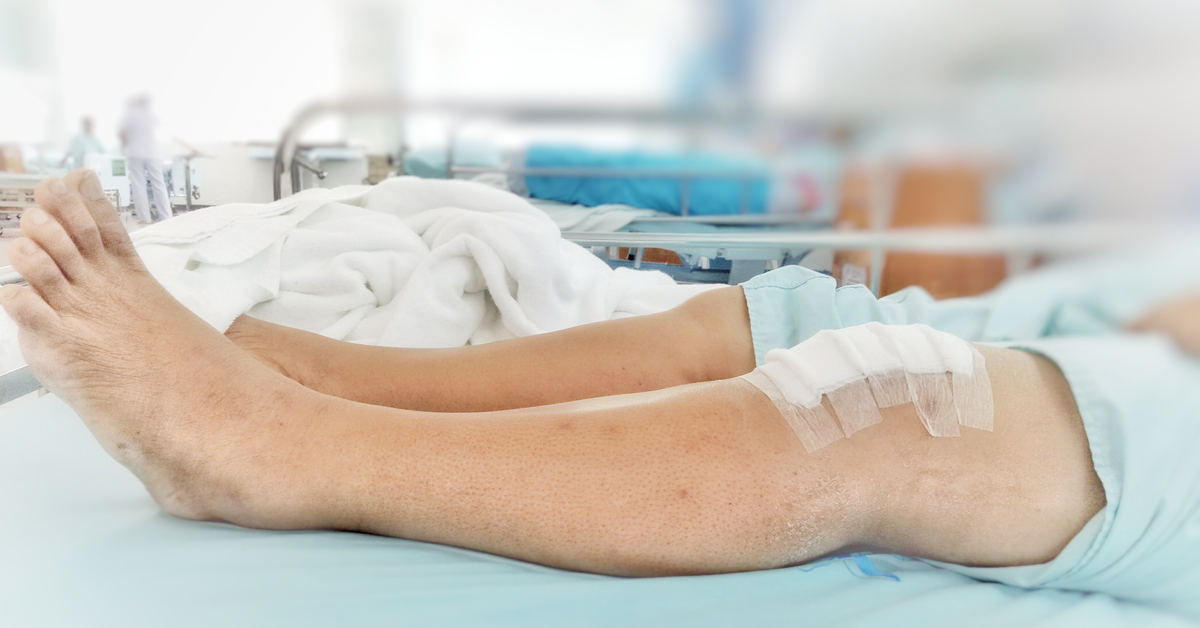
Causes of Knee Cartilage Arthroscopy Failure:
Knee cartilage arthroscopy can fail due to one of the following reasons:
- Osteoporosis: If the patient has osteoporosis, it can lead to the failure of the knee cartilage arthroscopy.
- Instability of the Cartilage: If the knee cartilage is not stable, the procedure may not be successful.
- Size Mismatch: A size mismatch between the cartilage and the knee joint can result in failure.
- Poor Cartilage Positioning: If the cartilage is not positioned correctly during the procedure, it can lead to failure.
How Long Does Knee Arthroscopy Take?
Knee cartilage arthroscopy does not take much time. The procedure typically takes the doctor only one to two hours to complete. However, the exact duration may vary depending on the patient’s condition and the complexity of the procedure.
The Price of Knee Cartilage Arthroscopy:
One of the most common concerns for patients undergoing knee cartilage arthroscopy is the cost of the procedure. The final price can be influenced by various factors, including:
- The experience, skill, and expertise of the treating physician and their medical team.
- The medical tests required before the procedure.
- The hospital where the patient undergoes the procedure and the level of healthcare provided there.
- The cost of anesthesia and the surgical instruments used in the procedure.
For the latest prices and offers, it is recommended to contact Dr. Amr Amal, one of the best orthopedic and joint surgeons specializing in arthroscopy.
What Are the Side Effects of Knee Arthroscopy?
Knee arthroscopy is known for being an extremely safe medical procedure that relies on surgical scopes for precise diagnosis and treatment. It does not typically result in any adverse side effects but offers several advantages, including:
- Minimal Scarring: Unlike traditional surgical procedures, knee arthroscopy does not leave large scars.
- Small Incisions: The surgical incision required for knee arthroscopy is small, resulting in minimal tissue damage.
- Faster Recovery: Patients tend to recover more quickly from knee arthroscopy compared to traditional surgery.
- Lower Complication Rate: Knee arthroscopy has a much lower rate of complications compared to traditional surgical procedures.
Here are some of the symptoms that result from arthroscopy, like any surgical procedure, but they do not pose a threat to the patient’s life and include swelling of the joint, pain, continuous inflammation, and exposure of the joint to bleeding or infection. For more information regarding the side effects of knee cartilage arthroscopy, click here.

When Can I Walk After Knee Cartilage Arthroscopy?
This is a common question for those undergoing knee cartilage arthroscopy, and the answer depends on the patient’s ability to walk in general and is influenced by the complexity of the surgical intervention. Typically, the patient will use crutches for a period ranging from 4 to 6 weeks. During this time, the doctor will establish a rehabilitation program to control post-surgery swelling, achieve maximum mobility, and enable walking for the patient.
Duration of Pain After Knee Cartilage Arthroscopy
It is normal for the patient to experience pain after any surgical procedure, and the same applies after knee cartilage arthroscopy. The anesthesia team takes measures to minimize this pain. Additionally, local or general anesthesia can be used to prevent pain for at least two days after the procedure. Afterward, various pain relievers prescribed by the doctor can be used.
The treatment of knee cartilage does not stop at the surgery alone. The patient also needs to follow a rehabilitation program to achieve the best results from the procedure. This involves the following steps:
- Immobilizing the knee with a special brace in the first week after the surgery.
- Using crutches to reduce pressure on the knee.
- Applying cold compresses and elevating the leg to reduce swelling.
- Taking medications to prevent blood clots.
- Wearing a compression bandage on the knee to prevent swelling.
- Undergoing physical therapy sessions to regain natural joint mobility.
- Taking anti-inflammatory and pain-relieving medications to minimize post-operative complications.
What Are the Causes of Knee Cartilage Damage or Tears?
There are several factors that can lead to damage or tears in knee cartilage, including:
- Direct injury to knee cartilage, with athletes being more prone to this type of injury.
- Overuse and prolonged stress on the knee joint, which can lead to damage.
- Chronic pressure on the knee joint, often associated with obesity and excess weight.
- Conditions such as rheumatism and chronic joint inflammations can result in knee cartilage damage.
- Lack of movement can also be a cause of cartilage damage because joints need regular motion to maintain their flexibility and strength.
What Are the Symptoms of Knee Cartilage Damage or Tears?
There are clear symptoms that indicate knee cartilage damage or tears, including:
- Severe pain in the knee joint, which may persist even at rest and worsen when pressure is applied to the joint.
- Swelling and inflammation around the knee joint.
- Audible popping or clicking sounds during knee joint movement.
- Difficulty in moving the knee joint freely.
- A sensation of cartilage roughness and knee joint stiffness.
- General weakness in the joint, making it unable to support the body.
Can You Live with Knee Cartilage Tears?
The ability to live with knee cartilage tears depends on the extent of the damage and the location of the tear. The decision to undergo surgery or to manage the condition without surgery is determined by the treating physician after a thorough and comprehensive diagnosis of the patient’s condition.


